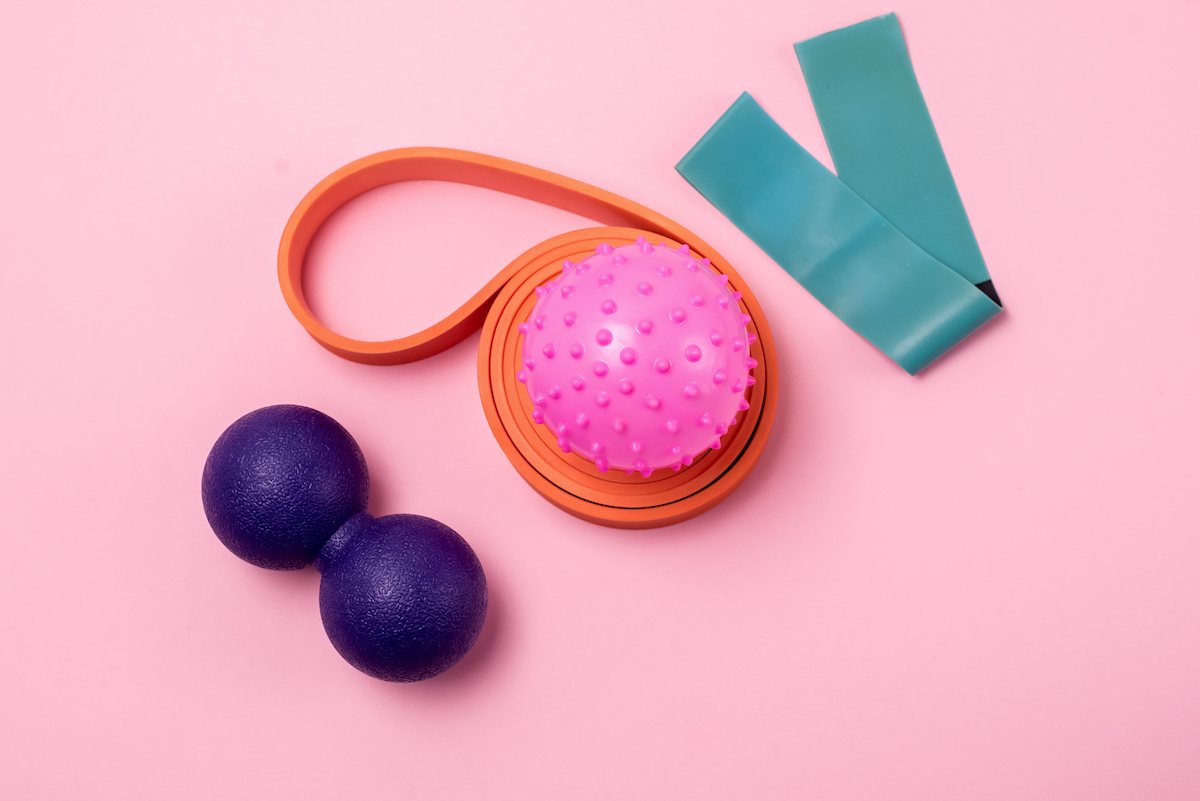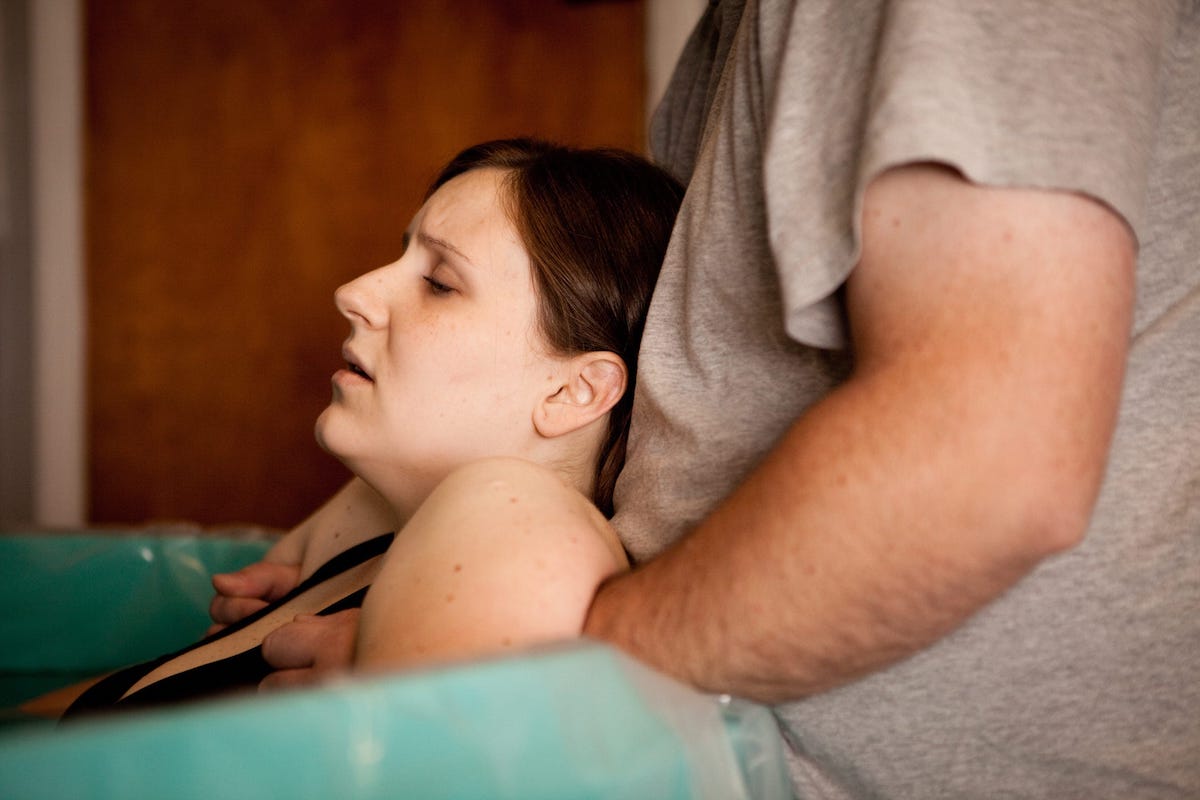An occupational hazard of writing books about pregnancy and parenting that are informed by one’s own experience is that it is easier to neglect topics that are not of personal interest. I wouldn’t have forgotten to talk about coffee because, well, I love coffee. But I missed licorice tea, perhaps because it’s not part of my diet. A plus of the newsletter is that I can rectify those missing pieces, a little at a time. (See the licorice tea discussion here.)
Today’s post is one of those missing topics: Botox. I am somewhat afraid of needles. So despite the deepening lines between my eyebrows, Botox is not in the cards for me. But I’m sensing I’m somewhat alone; nearly every week, someone on Instagram asks me about Botox, in either pregnancy or breastfeeding. Sometimes these questions reflect a use of Botox to treat migraines or other medical issues. But more often than not, the uses are cosmetic.
For the uninitiated, Botox is a brand name for botulinum toxin, a nerve toxin that causes muscle paralysis. This toxin can be lethal in high doses, but it’s commonly used in small doses for both medical and cosmetic purposes. On the medical side, uses include a variety of spastic muscle disorders, excessive sweating, and migraine. On the cosmetic side, Botox is typically used for facial wrinkles. Paralyzing some of the muscles in the face can smooth out wrinkles that develop in the upper half of the face. I’ve included my non-Botoxed face below to illustrate what could be improved.

Botox injections last only three or four months, meaning if you want to keep the smooth forehead, it’s a regular engagement. And with a nine-month pregnancy, or a nine-month pregnancy plus several months of breastfeeding, that’s a lot of appointments to miss.
The official line on Botox in pregnancy is that extra caution is warranted and you should ask your doctor. This is not dissimilar to the official line on so many things in pregnancy, especially with those, like this, that seem … more optional. The tone is: “Well, since we don’t know for sure, and you do not need Botox, best to forgo it.”
Forgive my soapbox, but this type of attitude is more or less my inspiration for writing Expecting Better in the first place. Of course if something was important for the health and development of my baby, I would do it. But too many of the restrictions in pregnancy take this excess-caution tone, effectively putting infinite weight on any possible suggestion of risk for the baby and zero weight on the preferences of the mother. For something like coffee: sure, I do not need coffee (it is painful to write this), but having it really, really improves my life. During pregnancy I wasn’t interested in cutting it out just because; I wanted to dig into the evidence.
Botox feels similar in some ways. You may not need it. (Actually, let me say categorically: you do not need cosmetic Botox. You look great! Seriously. But this is a conversation for another day.) But you might like it. It might be helpful for treating some medical conditions. Or you might just value the way it makes your face look. And, as a result, you might want to make a decision about continuing its use based on actual risks, not on a recommendation for caution above all else.
All right, soapbox concluded. Time for data. I’m going to start with breastfeeding, because it’s easier.
Breastfeeding
Botox in breastfeeding is OK. This is, in fact, the official line in the LactMed database, which covers the safety of medications during breastfeeding.
Part of what makes it easier to study this in breastfeeding than in pregnancy is that you can actually look for the presence of the toxin in breast milk. The LactMed evidence draws on a case where a mother got botulism (as in: actually got poisoned, from eating some tainted salmon eggs). The concentration of the toxin in her system was extremely high and yet didn’t pass through to her breast milk or the infant.
The discussion argues that since the amount of toxin in cosmetic uses is much, much, much lower and it is localized, the safety profile is even more clear. Basically, even if you are poisoned with this toxin in your whole system, it is still fine to breastfeed. So, by extension, if you have a small amount injected into your facial muscles, it’s even more fine.
Pregnancy
It is more difficult to evaluate the risk of Botox in pregnancy because it is harder to measure whether it is transmitted to the fetus. For breastfeeding, you can just analyze the milk; not so for pregnancy. The concern, in principle, is that the toxin could pass through the placenta and impact the baby.
There is, quite simply, not a lot of data on this. In pregnant mice, rats, and rabbits, there are negative fetal side effects with high doses of toxin, but these doses are also associated with maternal illness and death.
In people, what we have are small samples or case series. And they are uniformly reassuring. We have, for example, one study of 45 patients with chronic headaches who were treated and became pregnant. There were no negative outcomes. A retrospective review of 232 exposures over 24 years showed no differences in pregnancy and baby outcomes relative to what would be expected without exposure. Beyond these, we have various individual reports and case series (like this one and this one), all of which are reassuring.
There are also a few case reports of mothers with botulism poisoning — this is illness from either tainted food, or heroin use — which do not suggest negative impacts for the fetus. As in the breastfeeding case, this is very reassuring, because obviously a dose sufficient to poison the pregnant person is far, far higher and more systematic than the dose used in cosmetic or medical applications. The reassuring data is supported by general biology. Botox injections are a low concentration of a toxin, and localized. It seems unlikely that they would impact the fetus.
What we do not have is either a large randomized trial or a large prospective study (like you’d have with something like Tylenol, with millions of exposures). This makes it hard to rule out concerns about low-probability events. Like, if there was a 1-in-1,000 or 1-in-10,000 risk, we wouldn’t pick it up in the samples we see.
So there it is: as is often true in pregnancy, we cannot be sure there are not small risks. There are always small risks — riding in a car, for example — that we live with. As with most of the data I talk through about pregnancy, decisions will come down to weighing the evidence, the possible risks and the benefits.
In this case, I’m guessing different people will come to different conclusions depending, at least in part, on how important Botox is to them. It is, again, not unlike coffee or alcohol or Tylenol or a million other things.
And if you do decide that you want to forgo cosmetic use during pregnancy, I will offer you the comforting observation that — based on my experience — your face really swells up at the end of pregnancy, which hides the wrinkles. It’s like nature’s Botox.
Thanks to Dr. Nathan Fox, MFM for his advice on this one (but as usual any errors remain my own)!
Community Guidelines
















